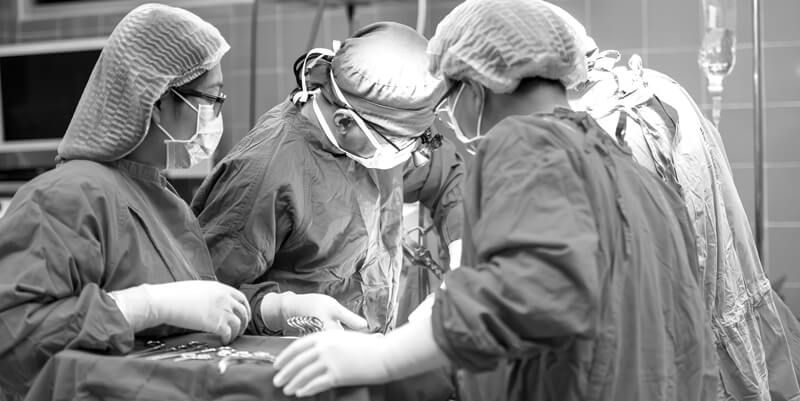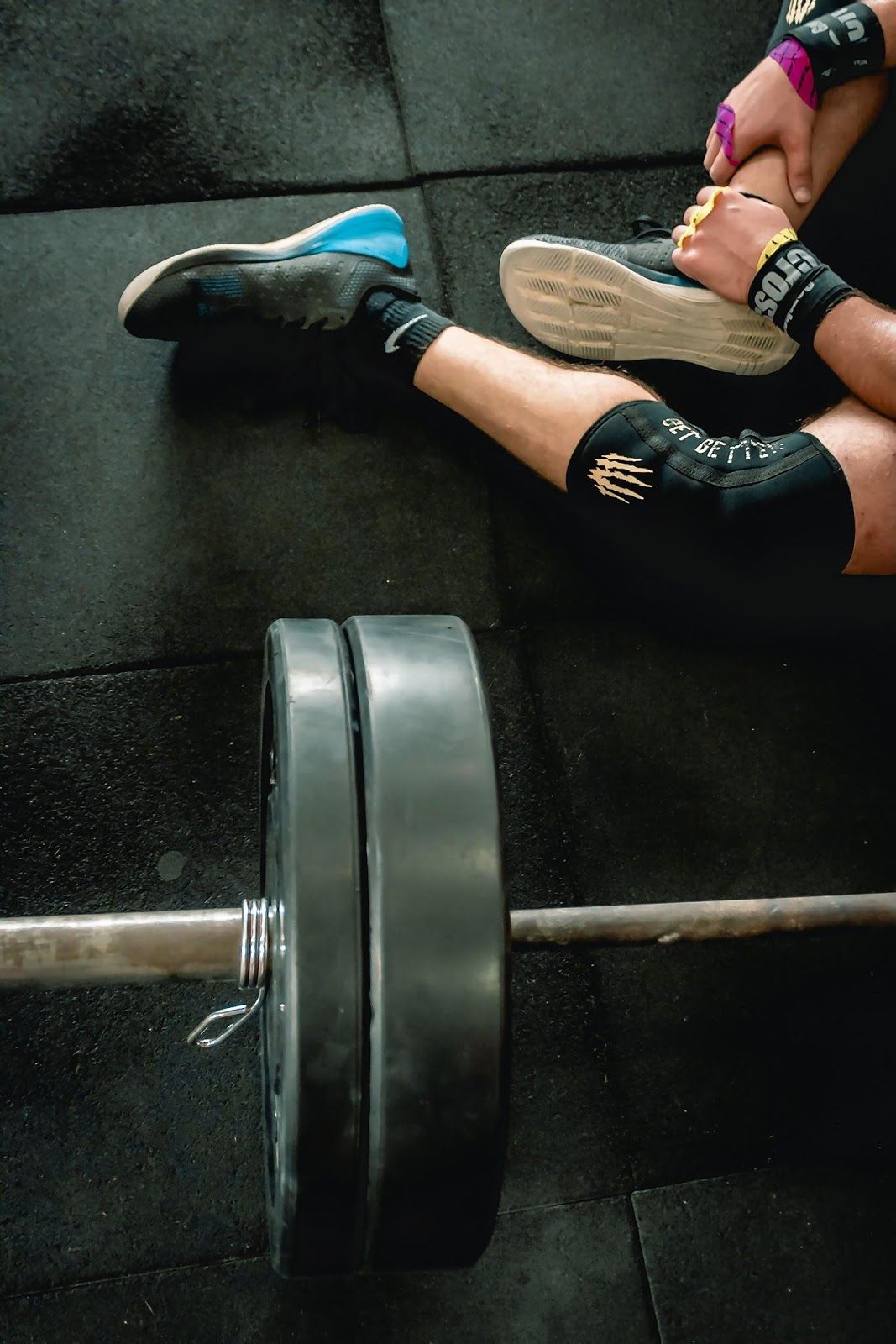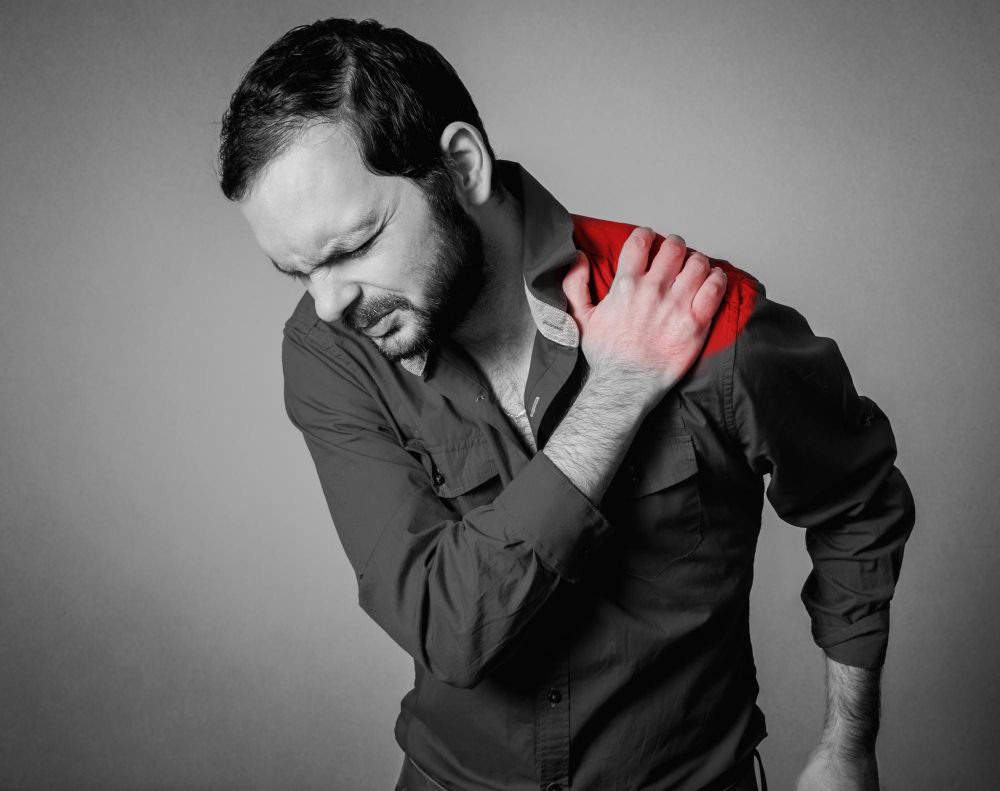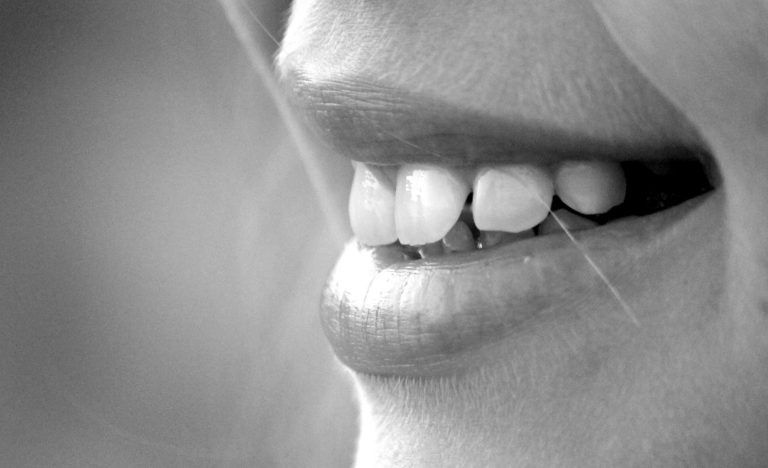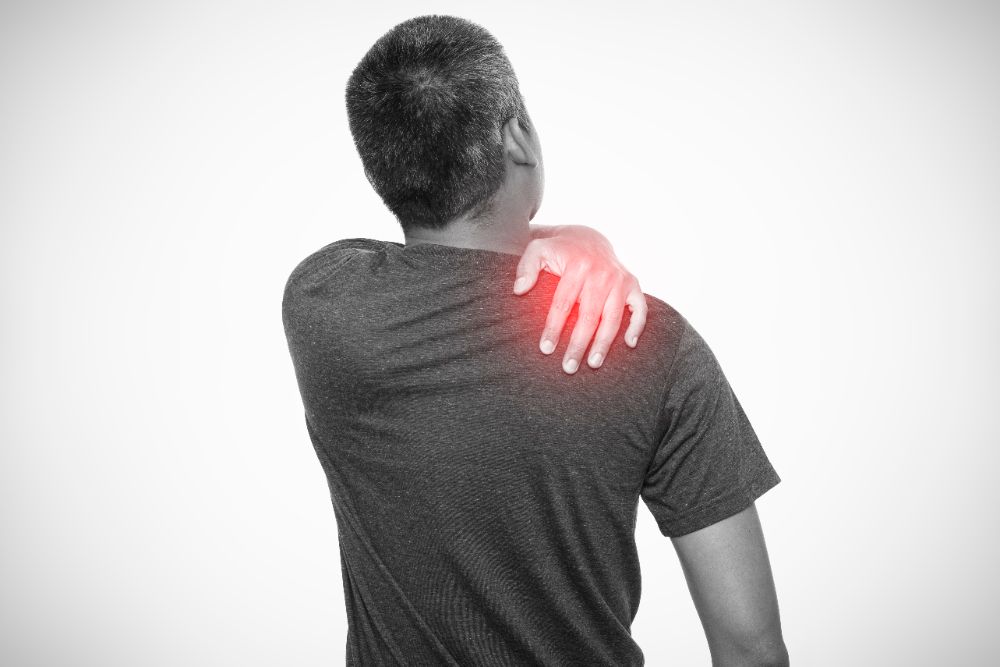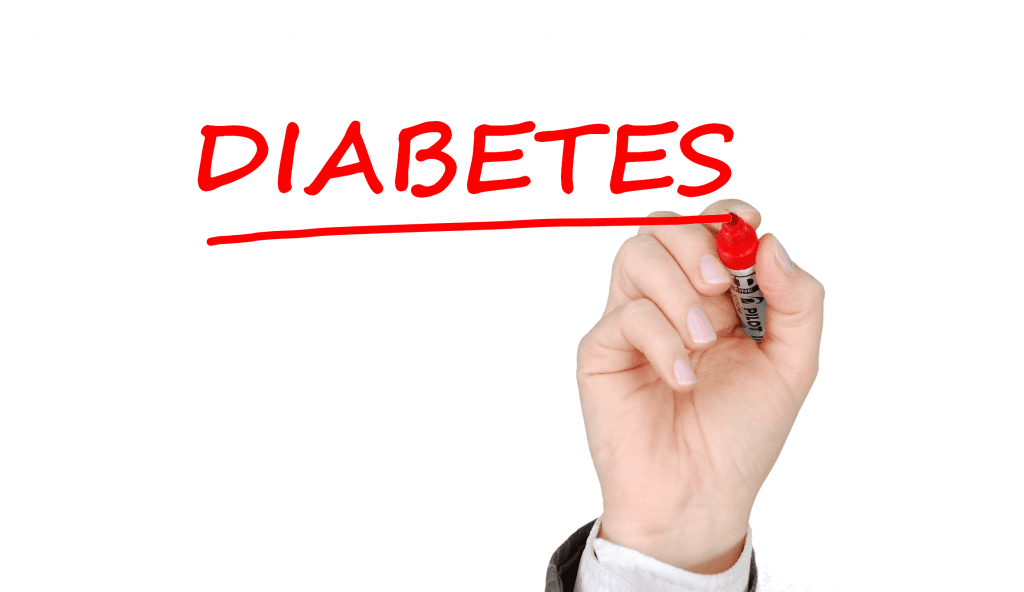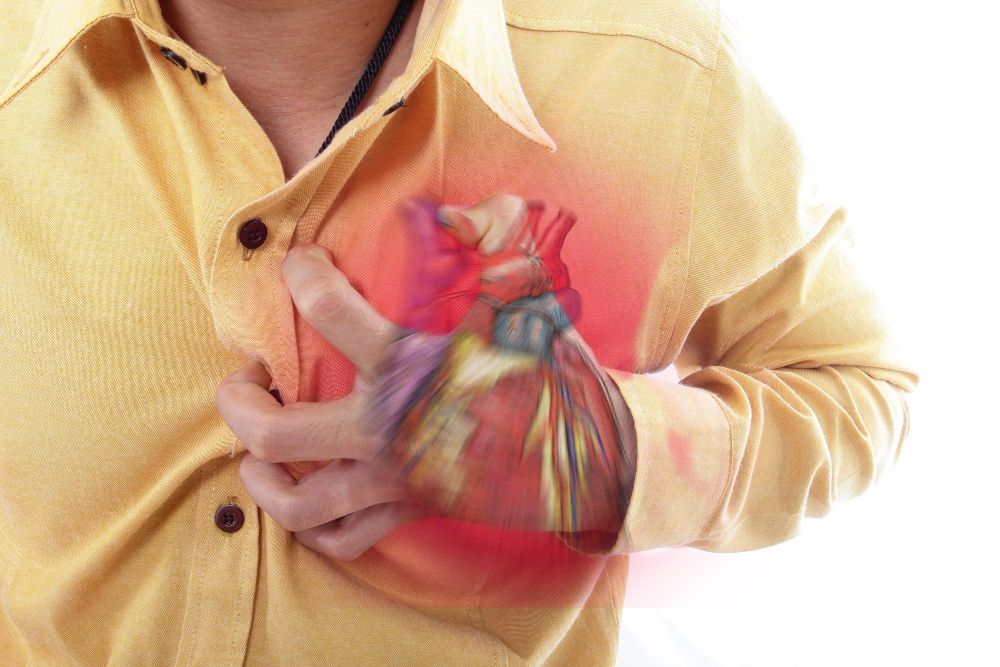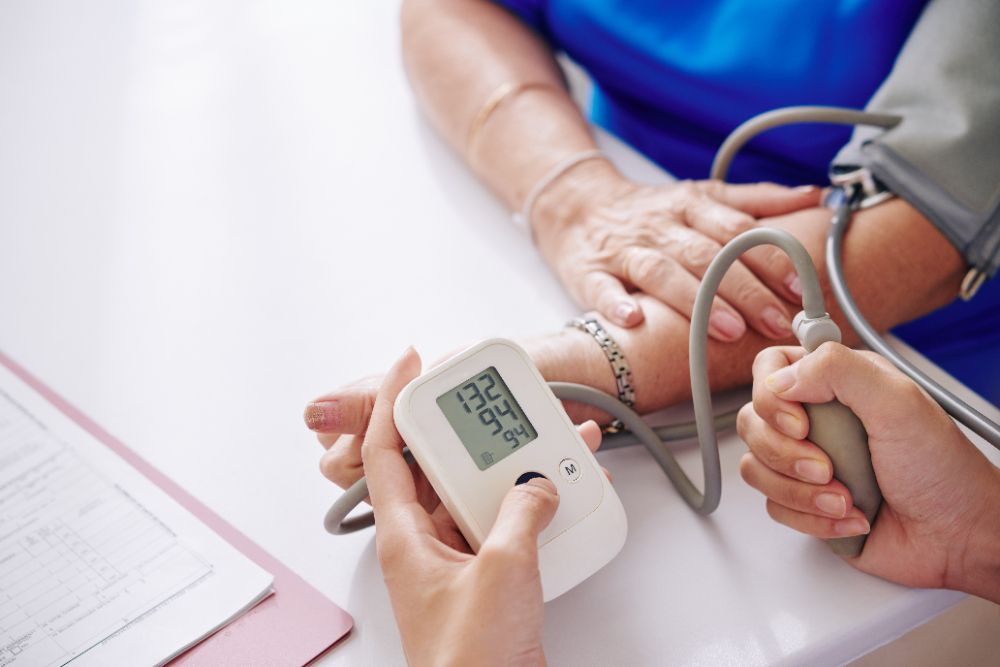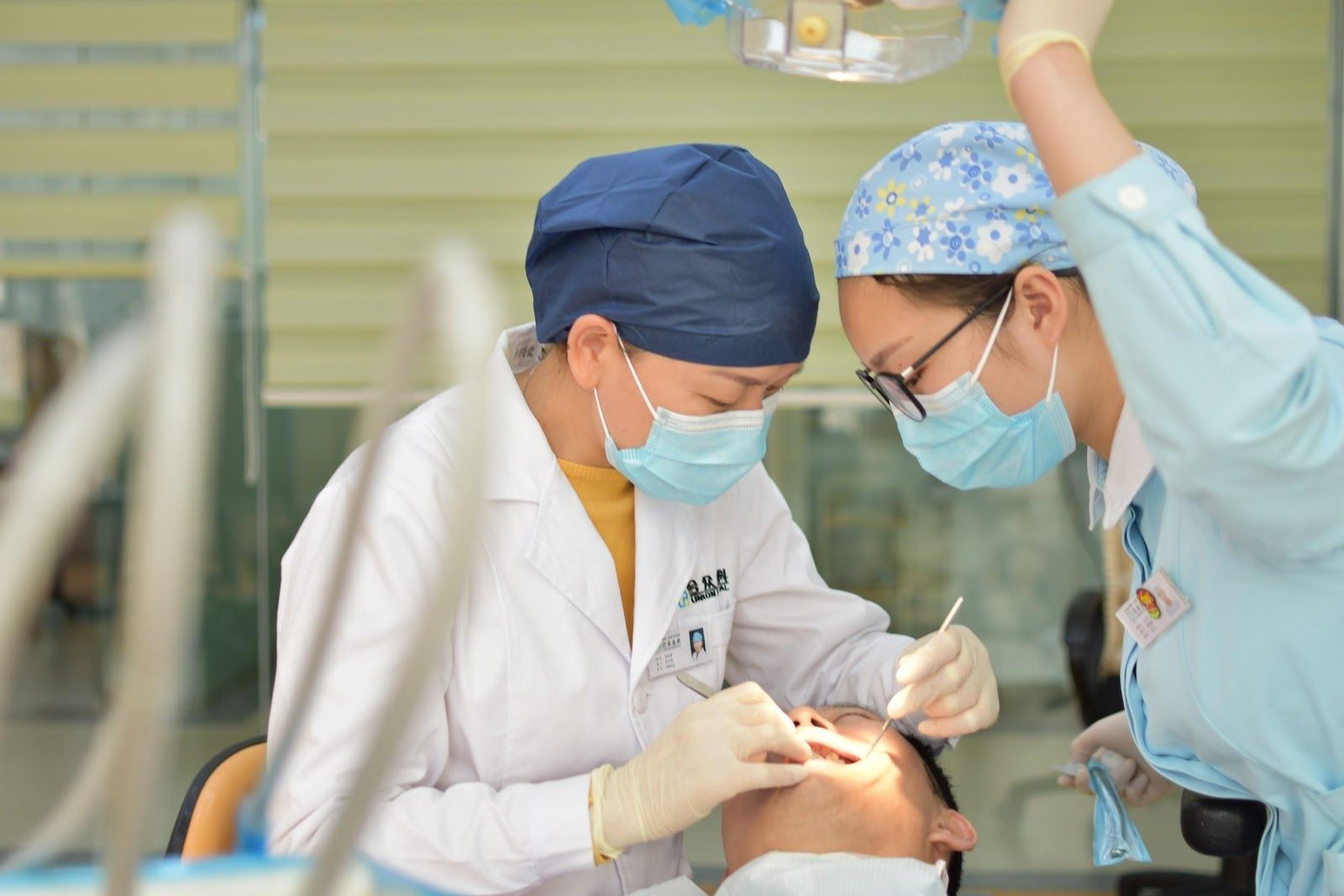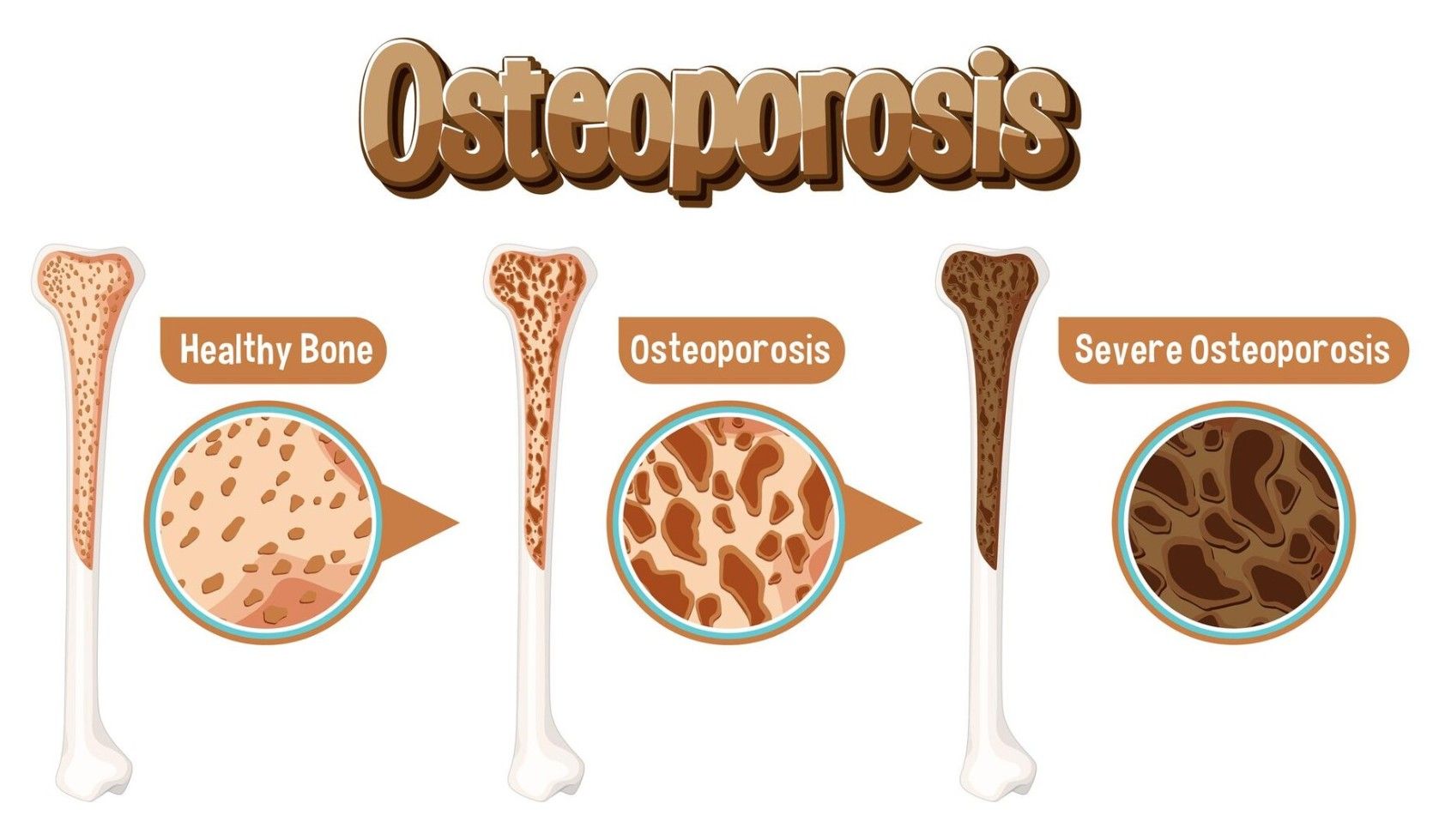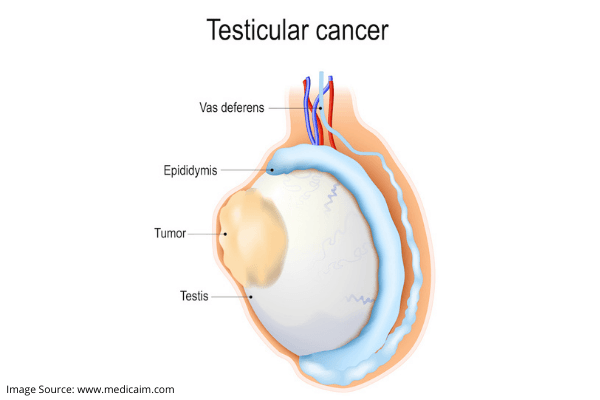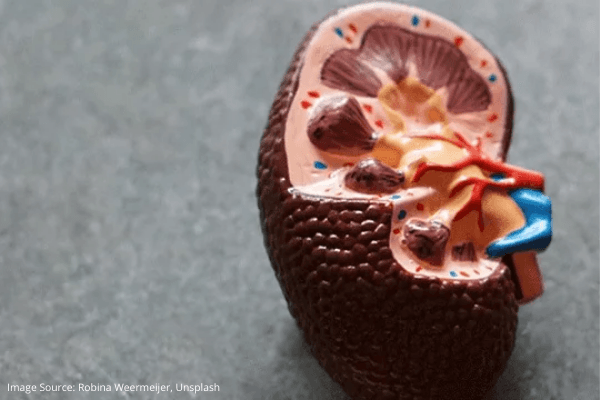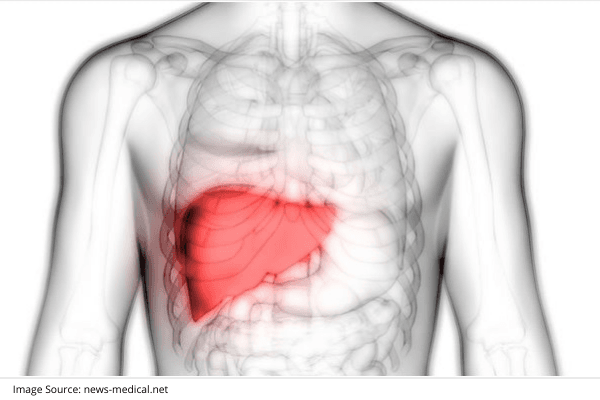Things to Know Before Hip Replacement Surgery
Knowing that you have to go through hip replacement surgery can be quite worrying as it’s a major event that will need quite a bit of time for recovery as well as a need for changes in your lifestyle.
Hip replacement surgery, also known as arthroplasty involves replacement of the diseased parts of the hip with titanium and plastic or ceramic prosthesis, thereby reducing pain and improving mobility and quality of life. This type of surgery is done as a last resort when other methods such as NSAID medications, walking aids and specific exercises to strengthen up the surrounding muscles do not work out.
Hip replacement surgery is being performed since the 1970’s and is relatively safe, with the life expectancy of the prosthesis being about 20 years in about 85% of the cases. The apprehension of patients about to undergo hip replacement is justified as it is with the help of these crucial joints that we are able to move around. The best thing is to clear all your doubts with your surgeon as well as do some background research to put your mind at rest and help you prepare both mentally as well as physically for this major hurdle.
A typical hip replacement surgery lasts for 1-2 hours for implanting four artificial parts to complete an artificial joint – the socket, liner, stem and ball. A single 6-8 inches long incision is made along one side of the hip through which the hip bone is exposed and the damaged bony tissue and cartilage are removed and replaced with artificial prosthetic parts. The ball at the end of the thigh bone is sawed off and replaced with an artificial ball. Currently, minimum invasive surgical methods are also available where the incisions are smaller and recovery time speeded up. This form of surgery is usually used on healthier patients below the age of 50 years.
The artificial parts used are of either the cemented or uncemented variety; the former is preferred for older, less active people while the latter is used for younger, healthier people. The cemented parts are ‘glued’ to the existing healthy bone while the uncemented parts are allowed to fuse with the existing bone through a process known as biologic fixation where the bone is allowed to grow into the porous artificial part and hold it in place naturally.
Once the artificial joint is in place, the surgeon reattaches the muscles and leaves a catheter behind to drain off excess fluids. You might have to stay in hospital for a few days and work with a physiotherapist to rehabilitate your hip. Your doctor will tell you the ‘dos’ and ‘don’ts’ about body movements and activities. Complete rehabilitation may take between 3-6 months; meantime follow your physiotherapist’s instructions for a safer recovery.
Reduce step climbing after surgery and get rid of indoor pets, rugs and extra clutter around the rooms to prevent falls….as a second surgery would be even more complicated!
Ten Effective Remedies That You Can Refer to When You Are Suffering from Muscle Cramps
Finally starting off with the gym life can get too overwhelming until you hit those muscle cramps along with the weights.
Skin Tags - Benign Tumor or Cancerous Tumor?
Skin tag if observed is a narrow stalk that hangs about your skin, bulging at the end. They are usually freshly colored and can grow anywhere on your body.
Rotator Cuff Tear
A rotator cuff tear is a rotator cuff injury that can cause shoulder pain and loss of arm function. The rotator cuff is a set of muscles and tendons in your shoulder.
Importance of Parental Counselling
Right from the moment you tell your friends and family about your pregnancy, little hints keep coming your way on parenting your unborn child!
Taking Care of a Terminal Patient? Here Are Six Ways to Help Them to the Fullest
A terminally ill patient is someone who has a relatively short life expectancy. Terminally ill people are usually shifted from an actively curative medicinal regime
Stages of Tooth Decay and Their Treatment Options
Tooth decay refers to the degradation process of the structure of the tooth resulting in permanent damage.
12 Home Remedies for Dry Cough
The flu, common cold, asthma, cigarette smoke exposure, and other conditions can all cause a dry cough. Home remedies such as honey, peppermint, and air purifiers may be beneficial.
Shoulder Dislocation
Shoulder dislocation occurs when the bones of your shoulder joint are pushed or forced out of their normal positions.
5 Facts to Keep in Mind for Your Monthly Menstruation Cycle
Our menstruation indicates multiple activities within your body. Every month, your uterus forms a thicker lining for the ovary to release an egg for a possible pregnancy.
Different Types of Diabetes
Junk food and increasing physical activity are leading to a worldwide epidemic of obesity, resulting in diseases like diabetes
Dilated Cardiomyopathy
Dilated cardiomyopathy is a form of heart muscle illness in which the heart chambers (ventricles) weaken and stretch, becoming bigger.
Hypertension (High Blood Pressure)
High blood pressure, also known as hypertension, is a condition in which the blood flow against the inner walls of the arteries is persistently high.
3 Cosmetic Dentistry Procedures You Did Not Know About
Over the past few years, cosmetic dentistry has undergone significant evolution in society. With the increasing demand for cosmetic dentistry, it is no longer a luxury; it has become a necessity.
5 Lifestyle Changes That Will Help with Your Urinary Incontinence
Urinary Incontinence is quite a painful and embarrassing condition to have. It refers to the loss of bladder control, which can vary from a slight release of urine after sneezing, coughing, or laughing, to a complete inability to control urination.
5 Tips This Summer to Avoid Heatstroke
Certain jobs demand fieldwork in the scorching heat. The warm weather, bright sun, and the blue skies are not always an excellent working environment for them at all.
6 Home Remedies for Yeast and Vaginal Infections
Yeast infection is common among women. You might have had the experience of irritating soreness and itching that prolonged for days due to not knowing about the cause.
Aortic Dissection
An aortic dissection is a tear in the aorta. This is the primary artery that transports oxygen-rich blood from your heart to the rest of your body.
Bariatric Surgery and Weight Loss
Bariatric surgery, also known as weight loss surgery, is performed on individuals suffering from obesity. It involves a variety of procedures that help maintain long-term weight loss and also aid in treating obesity.
Best Foods to Cleanse Your Liver
Your liver is one of the largest organs in your body and its primary function is to filter the system by converting toxins to waste products, cleansing your blood and process various nutrients.
Infertility and its Major Causes and Treatments
Infertility is an issue that’s on the rise – not just in India but all over the world. It’s estimated that, on average, one out of every six couples has had issues with infertility.
Precautions to be Taken to Avoid Eosinophilia
Let’s begin with talking about eosinophils – they are just a type of white blood cells that are laden with reactive chemicals which get released under specific conditions to cause mayhem in the body
What is BMD Assessment and its Significance in Treating Osteoporosis
Osteoporosis is that creepy monster lurking in the dark, waiting to manifest itself as you age and get less active.
Signs of Testicular Cancer
Men have a pair of testicles located in a sac-like pouch called the scrotum. It forms part of their reproductive system and are responsible for sperm production.
Signs and Symptoms of Kidney Stone
Your kidneys are very important organs in the body; they regulate water content, filter waste from blood, and produce hormones.
Treatment For Liver Failure
Treatment for liver failure depends largely on the causative agent; for example of it’s due to hepatitis virus infection, then hydration and supportive care needs to be provided while the body’s immune system fights back. If it’s due to gallstones,
Related Blogs
Ten Effective Remedies That You Can Refer to When You Are Suffering from Muscle Cramps
Finally starting off with the gym life can get too overwhelming until you hit those muscle cramps along with the weights.
Skin Tags - Benign Tumor or Cancerous Tumor?
Skin tag if observed is a narrow stalk that hangs about your skin, bulging at the end. They are usually freshly colored and can grow anywhere on your body.


